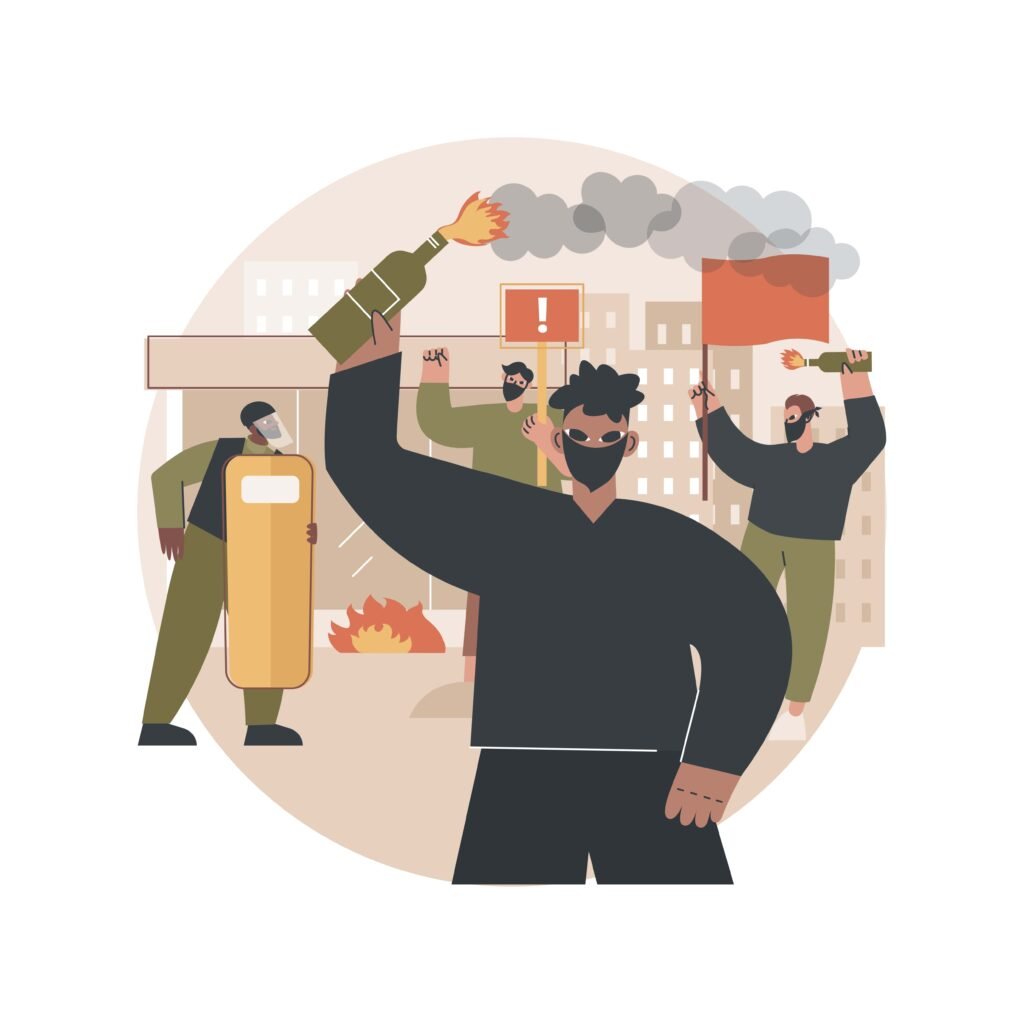“Comparing Global Crime Rates: The Safest and Most Difficult Countries That Face Challenges”
Nations with high standards of living and low rates of crime
Since crime is present in all communities to varying degrees, it is difficult to pinpoint nations that are completely crime-free. On the other hand, certain nations are renowned for having high standards of safety and low rates of crime, offering circumstances that allow people to live comparatively secure and happy lives. Here are a few instances:
Iceland:
Often rated as one of the safest nations in the world, Iceland has a low rate of serious crime, including assaults and killings. Strong social assistance programmes, a high degree of faith in governmental institutions, and a comparatively homogeneous populace are all factors that contribute to its safety.
Singapore:
With its stringent rules and effective law enforcement, Singapore is renowned for having low crime rates. The city-state is known for security and safety in part because it upholds severe penalties for crimes including drug trafficking and graffiti.
Switzerland:
The country has a good standard of living and a low crime rate. Its strong sense of community, well-functioning institutions, and stable economy all contribute to its safety. Switzerland’s emphasis on social cohesion, healthcare, and education also contributes to the country’s general well-being.
Norway:
With low crime rates, Norway frequently ranks among the happiest nations in the world. The nation’s general sense of security and well-being is influenced by its robust social welfare system, emphasis on equality, and high levels of faith in governmental institutions.
Denmark:
The country is renowned for both its low crime rate and excellent standard of living. The nation places a high priority on healthcare, education, and social welfare, all of which contribute to the general well-being and safety of its people. Strong social cohesion and faith in governmental institutions are also important components of security maintenance.
New Zealand:
It’s widely considered to be among the safest places to live. Even though there is crime, especially in urban areas, overall crime rates are still quite low when compared to many other nations. New Zealand is known for being a safe and desirable location to live because of its stunning natural surroundings, stable political system, and emphasis on social fairness.
Canada:
With low rates of violent crime and strong social stability, Canada routinely ranks among the world’s safest nations. Its safety is attributed to a variety of factors, such as strong community ties, a diverse and inclusive society, and efficient law enforcement.
Problems in High-Crime Nations: An International Perspective
Given the dynamic nature of crime statistics and the disparities in data collection and reporting techniques throughout countries, compiling a list of high-crime countries and going into detail about the particular crimes that are common in each can be difficult and delicate. I can, however, provide a broad summary of a few nations that have struggled with high crime rates and the kinds of crimes that are frequently connected to them:
Mexico:
The country has seen a great deal of crime, especially in relation to organised crime, drug trafficking, and cartel-related violence. In some places, robbery, extortion, and kidnapping are also serious issues.
Brazil:
Violent crime, such as murders, robberies, and assaults, is a problem in Brazil, especially in big cities like Rio de Janeiro and São Paulo. The high rates of crime are a result of corruption, gang violence, and drug trafficking.
South Africa:
With high rates of violent crime, such as rape, assault, and murder, South Africa has one of the highest crime rates in the world. Particularly in cities, carjacking, home invasions, and street robberies are frequent occurrences.
United State:
The United States is a varied nation with varying rates of crime in different areas, but it faces issues with gun violence, homicides, and property crimes. Cities such as Chicago, Baltimore, and Detroit frequently have higher crime rates than the national average.
Venezuela:
The country has seen an increase in crime in recent years, with high rates of violent crime such as kidnappings, armed robberies, and homicides. Political unrest, economic instability, and corruption add to the security challenges in Venezuela.
El Salvador:
El Salvador has one of the highest rates of homicides worldwide, mostly because of organised crime and gang-related violence. Other issues include extortion, drug trafficking, and youth gang activity.
Honduras:
High rates of criminal activity, gang violence, and drug trafficking contribute to insecurity in this country, which it shares with its neighbours in Central America. The world’s rates of homicide are among the highest.
Summary:
High-standard nations with low crime rates are frequently regarded as the safest and most elusive. Among the nations with low crime rates are Canada, New Zealand, Singapore, Switzerland, Norway, Denmark, and Iceland. Because of its homogeneous population, robust social assistance programmes, and low prevalence of serious crime, Iceland maintains a low crime rate. Singapore’s strict laws and efficient law enforcement contribute to the country’s low crime rate. Due to its strong sense of community, efficient institutions, economic stability, and emphasis on unity in society, healthcare, and education, Switzerland boasts a high standard of living and a low crime rate.
Because of its strong social welfare system, emphasis on equality, and high levels of trust in governmental institutions, Norway is one of the happiest countries in the world. Denmark prioritises social welfare, healthcare, and education because they improve the health and safety of its citizens. Living in New Zealand is regarded as one of the safest options due to its low urban crime rates. Canada is renowned for having great social stability and low rates of violent crime.
